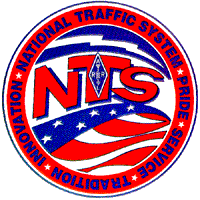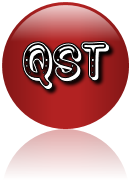AMATEUR HIGH-FREQUENCY EMERGENCY / HURRICANE NETS
These frequencies are typically in operation during disasters in the immediate area. They can provide a great deal of information to those with receive only capabilities and the amateur radio community.
Abbreviations:
Abbreviation Meaning
- Wx Weather
- ARES Amateur Radio Emergency Service
- SSB Single Sideband
- LSB Lower Sideband
- USB Upper Sideband
- NTS National Traffic System
- altn Alternate frequency typically used for night time operations
- RACES Radio Amateur Civil Emergency Service (affiliated with local Emergency Management Organizations)
FREQ MODE LOCATION
03808.0 LSB Caribbean Wx (1030)
03815.0 LSB Inter-island (continuous watch)
03845.0 LSB Gulf Coast West Hurricane
03862.5 LSB Mississippi Section Traffic
03865.0 LSB West Virginia Emergency
03872.5 LSB Mercury Amateur Radio Assoc ad hoc hurricane info net (0100)
03873.0 LSB West Gulf ARES Emergency (night)
03873.0 LSB Central Gulf Coast Hurricane
03873.0 LSB Louisiana ARES Emergency (night)
03873.0 LSB Mississippi ARES Emergency

 The San Antonio Central Texas Traffic Net has been restored and operating on 443.025 with a PL of 82.5. The Net requires activity and support to restore to full operational capability and recognition. Even if you do not have traffic to pass, please sign in for the count to help get the net back off the ground. The repeater is located at the San Antonio American Red Cross HQ on the east side of San Antonio.
The San Antonio Central Texas Traffic Net has been restored and operating on 443.025 with a PL of 82.5. The Net requires activity and support to restore to full operational capability and recognition. Even if you do not have traffic to pass, please sign in for the count to help get the net back off the ground. The repeater is located at the San Antonio American Red Cross HQ on the east side of San Antonio. Calling all Traffic Net Control Operators!
Calling all Traffic Net Control Operators!